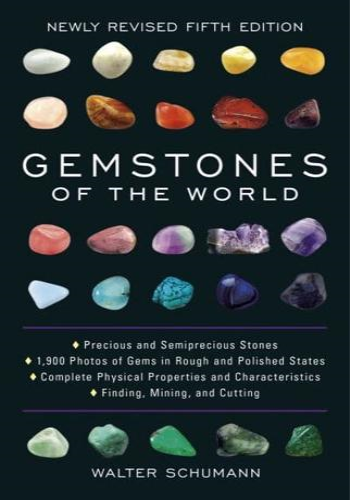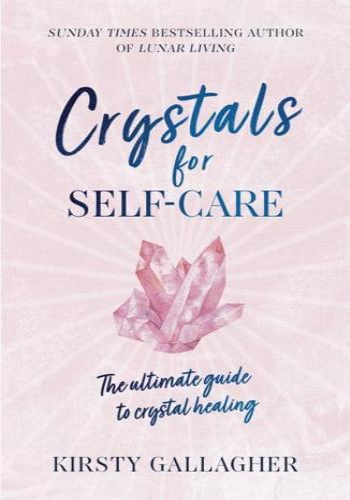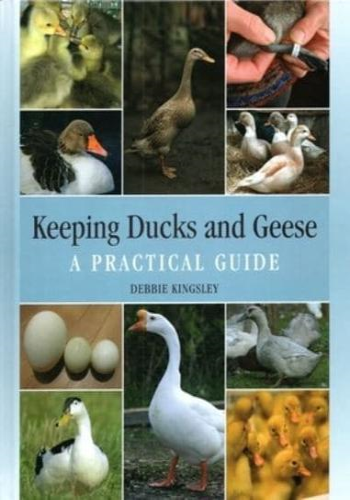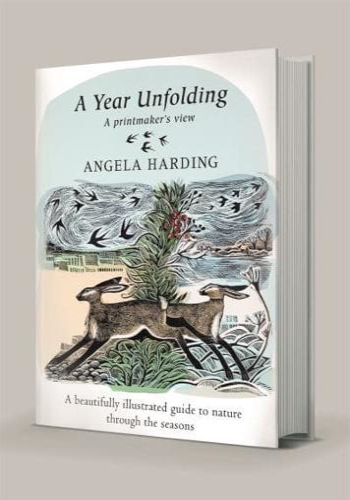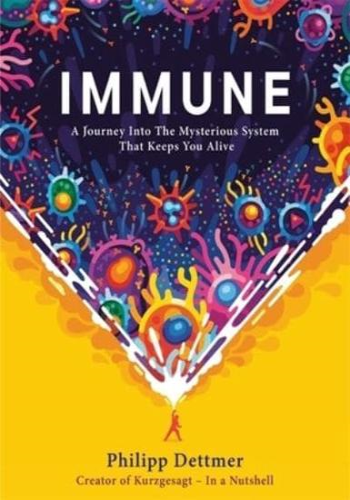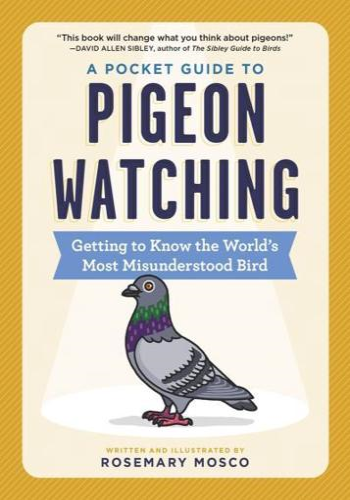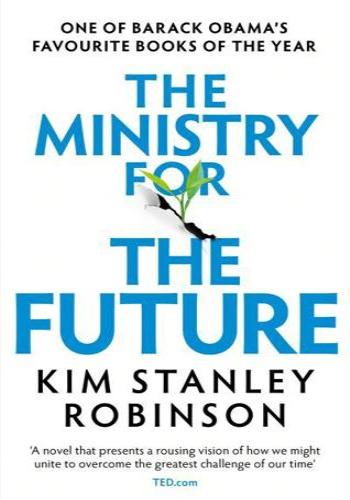Truly the ultimate one-volume book every hobbyist, jeweler, jewelry maker, and rockhound will ever need! Chock-full of more than 1,500 full-color photos showcasing each precious and semiprecious stone in both its rough and polished state, this bestselling reference book from leading geology expert Walter Schumann will be your go-to identification guide.
Following the spectacular success of the first four editions of Gemstones of the World, the revised fifth edition exhibits important updates and a beautiful new cover. All the gemstones ever discovered are treated here in their many variations. More than 1,500 full-color photos showcase each precious and semiprecious stone in both its rough natural state and its polished and cut renditions. Each entry offers complete information on a stone's formation and structure; physical properties and characteristics; and methods of working, cutting, and polishing.
You'll find full treatments of lesser-known gems and minerals-from andalusite to vesuvianite-and a special section devoted to rocks as precious stones, including alabaster, onyx, obsidian, and fossils. Organic gem materials such as coral, ivory, amber, and pearl are also covered, along with more recently discovered stones like charoite. Additionally, this all-inclusive rocks and minerals book includes imitations, synthetics, and combined stones. Charts and tables help you identify unknown gemstones and-when you're in the market-how to check for authenticity.
Whether you're a beginner rock enthusiast or geologist, or are looking for a crystal book to support your spirituality practice, Gemstones of the World will bring new beauty and wisdom to your bookshelf.

